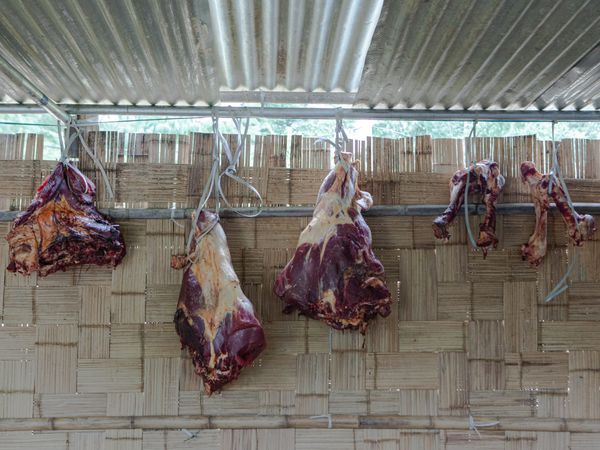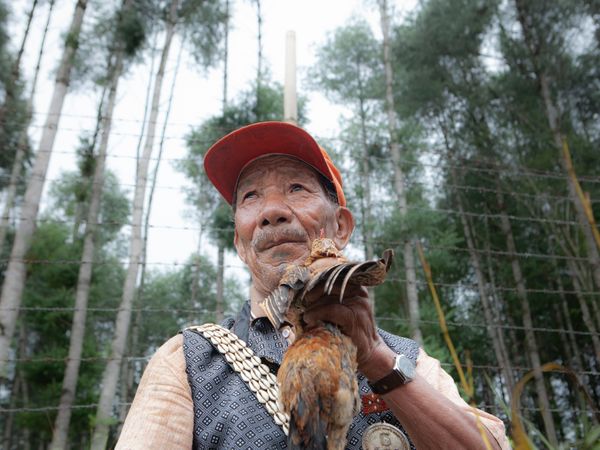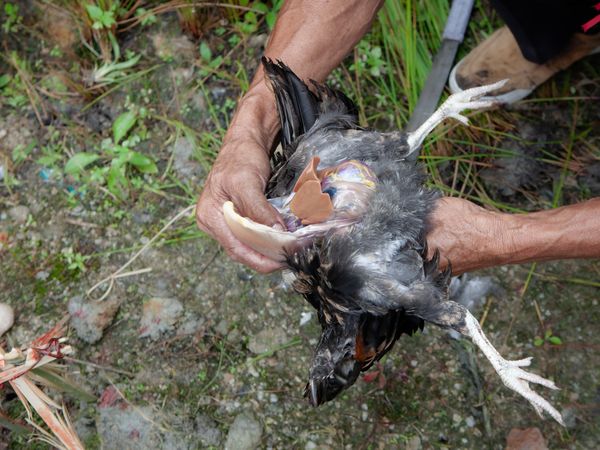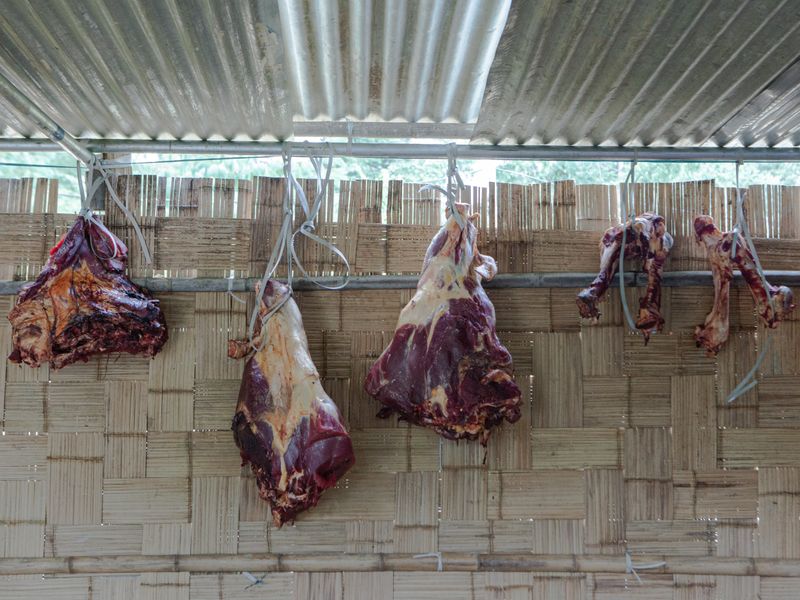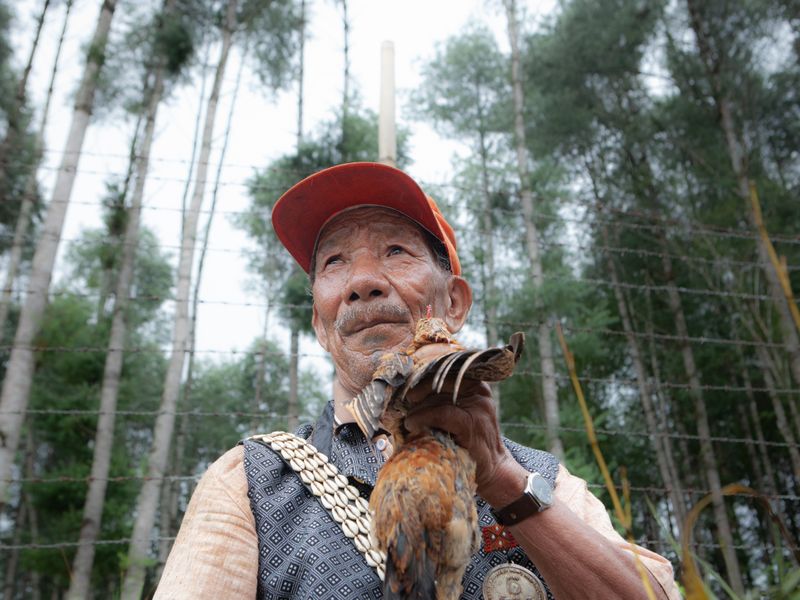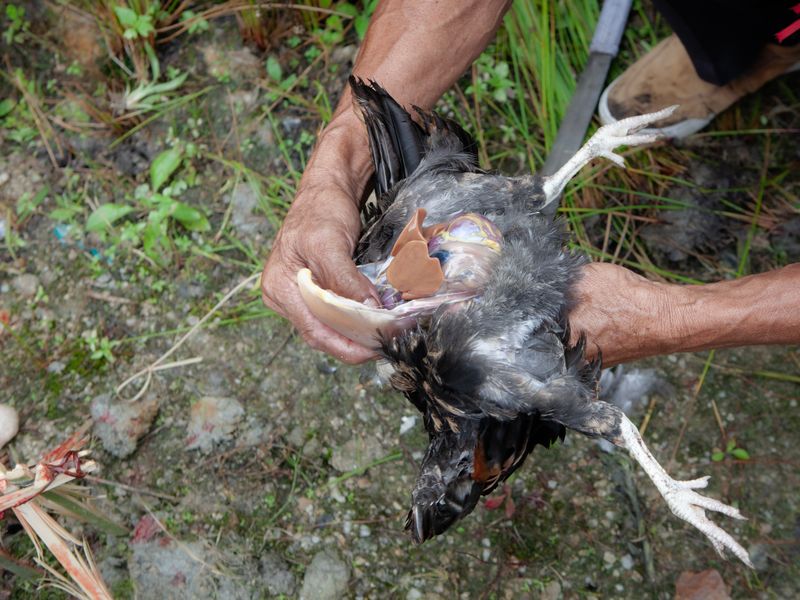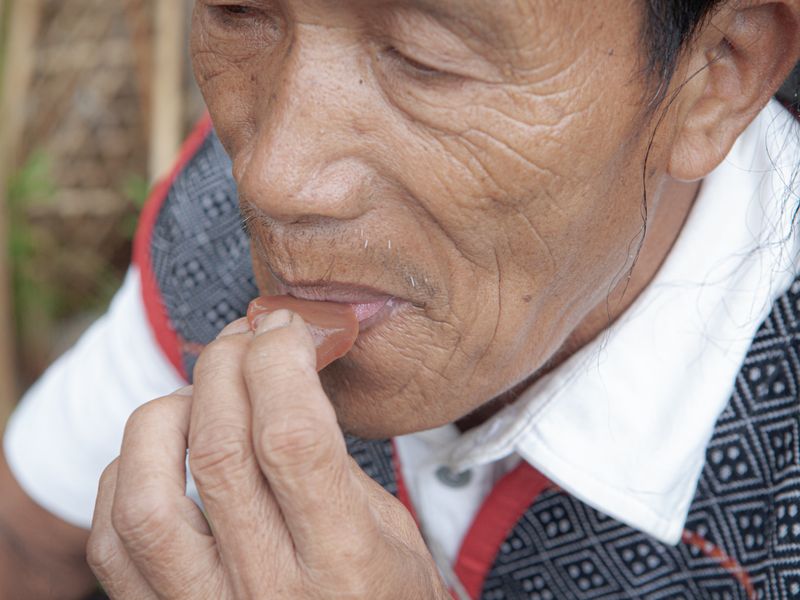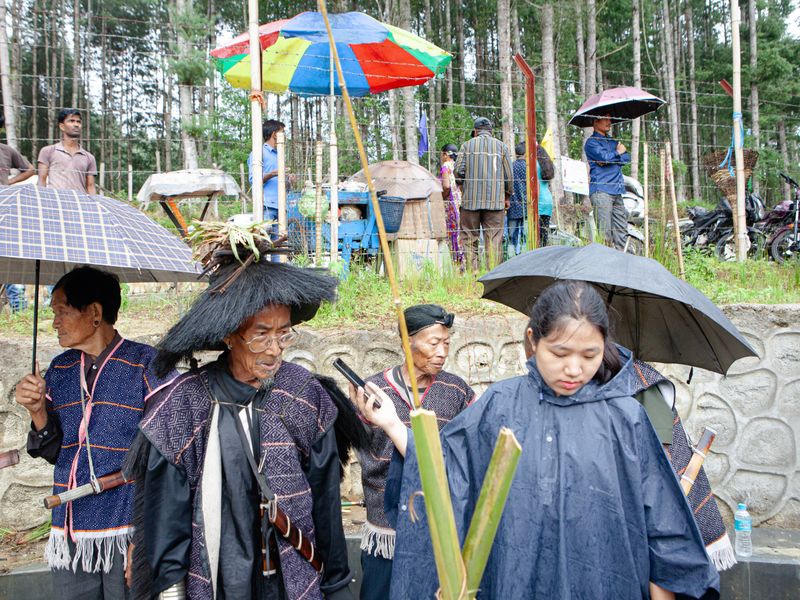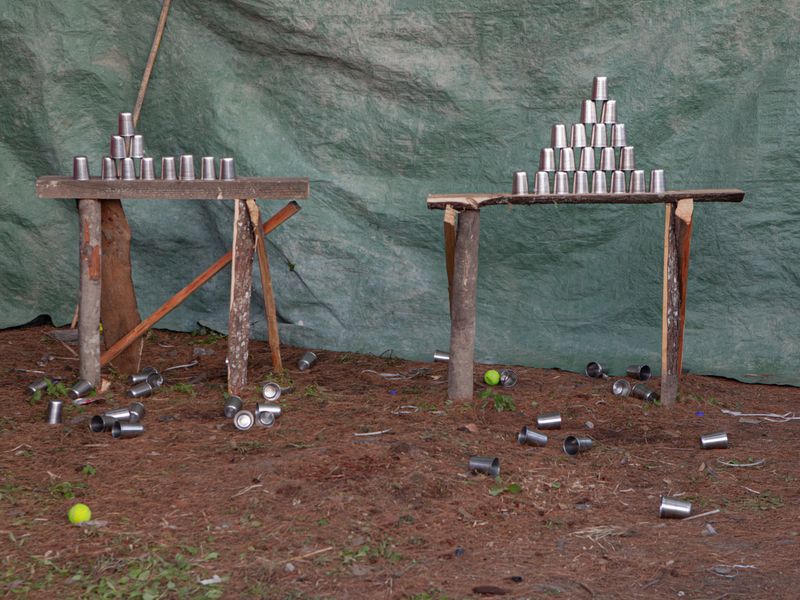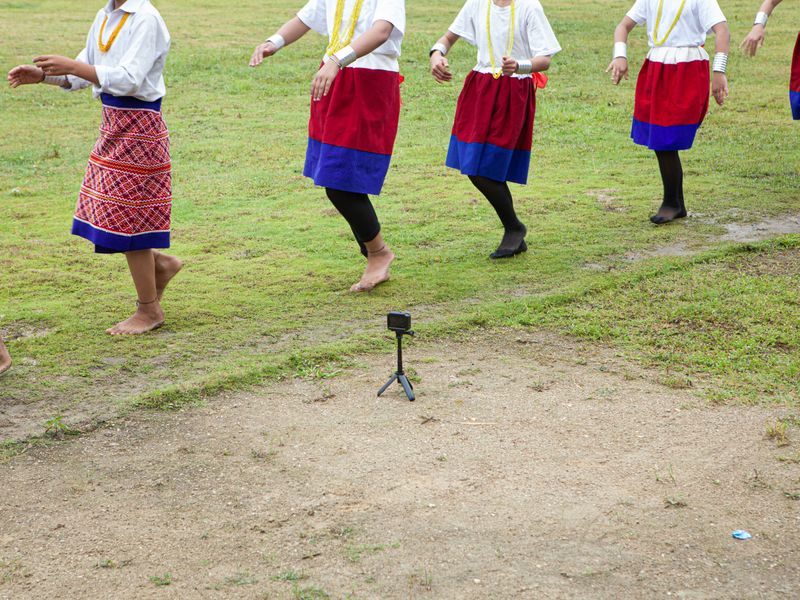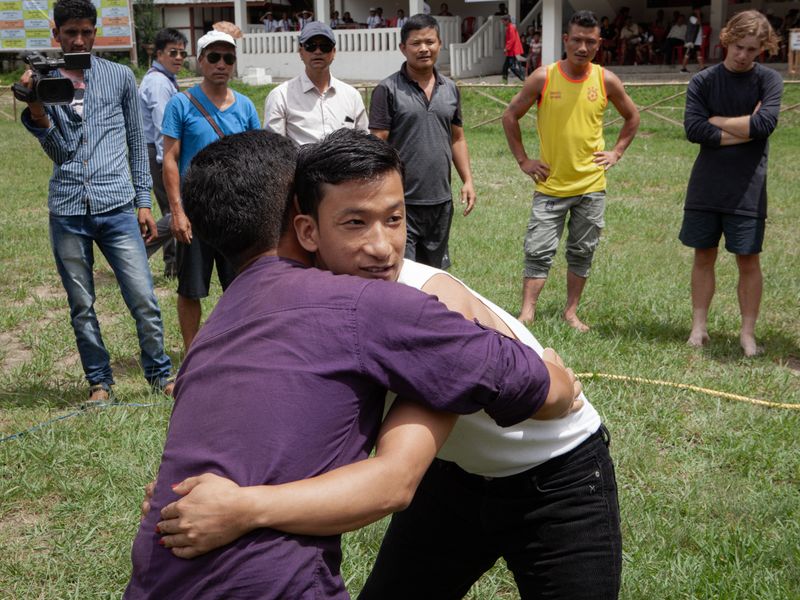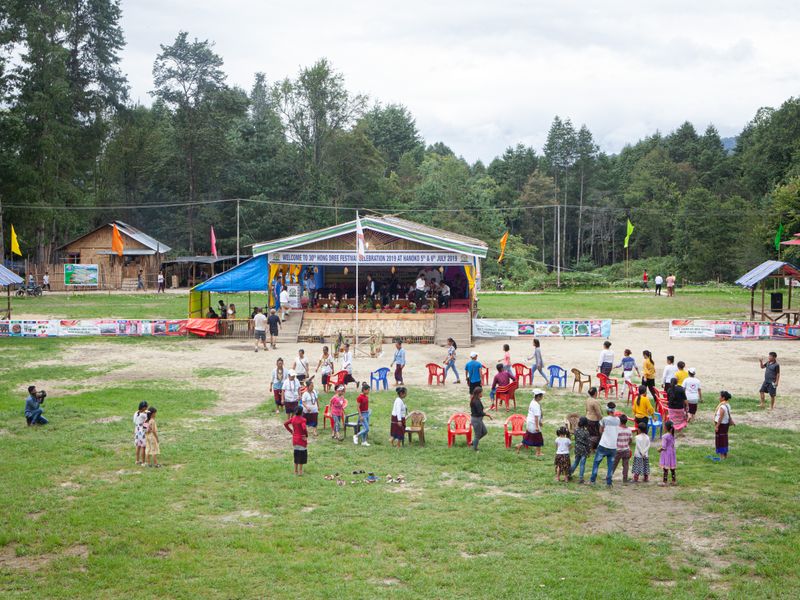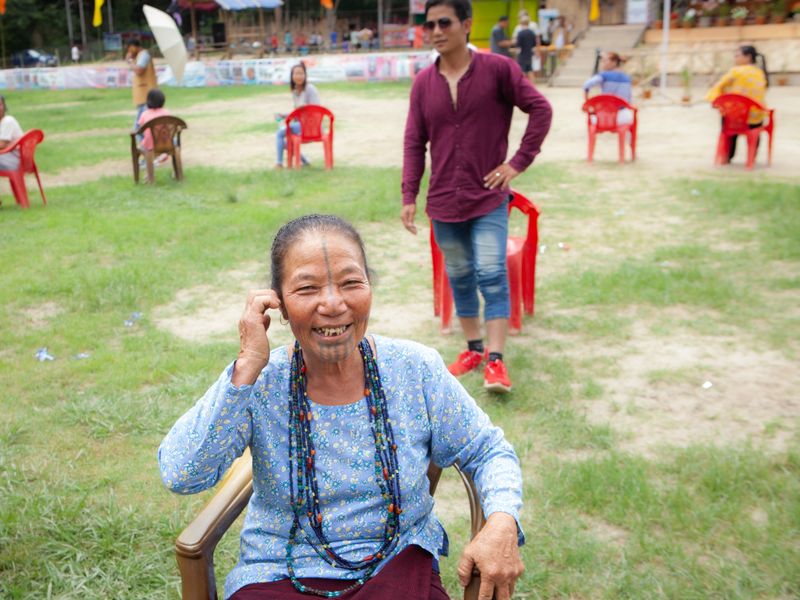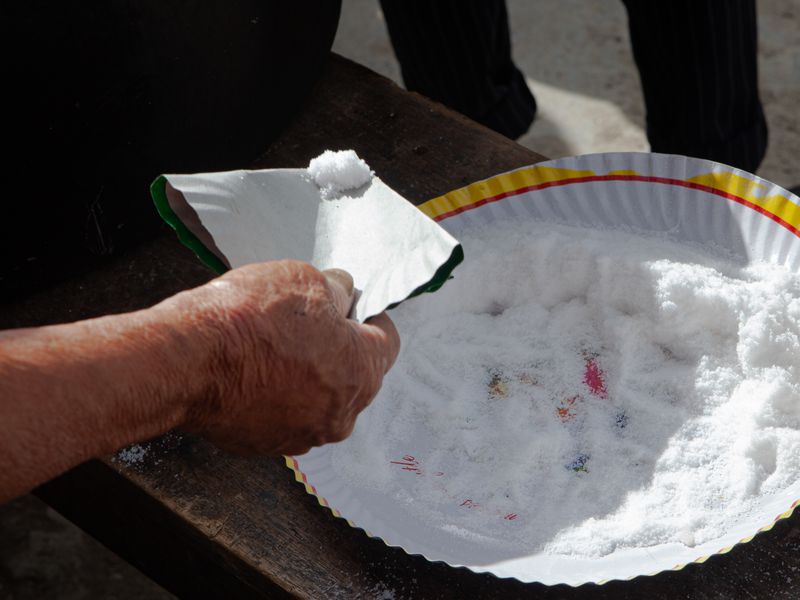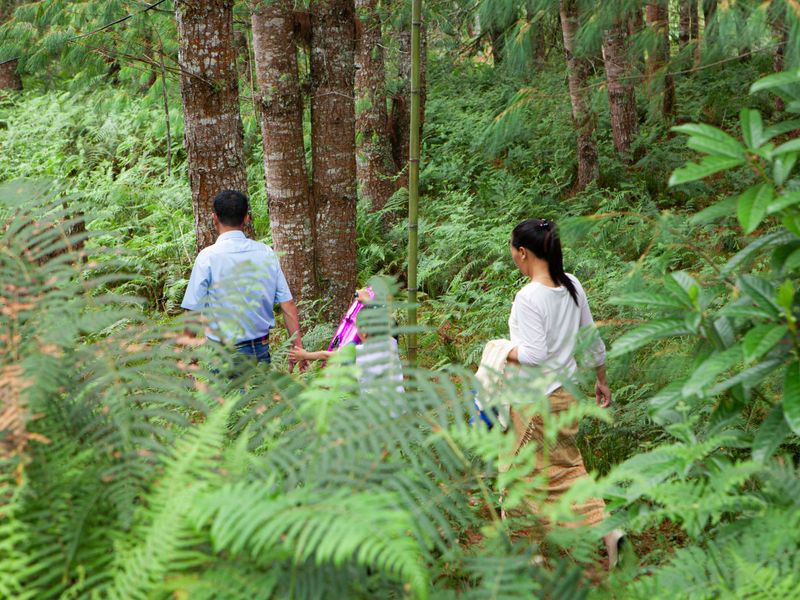Harvest is a Ritual
-
Dates2019 - 2019
-
Author
- Topics Documentary, Editorial, Festivals, Landscape, Nature & Environment, Travel
- Locations India, Ziro, Arunachal Pradesh, Hapoli, Lower Subansiri
Apatani or Tanii are a tribe indigenous to the Ziro Valley in North East India. My project explores aspects of the tribe's lives through the lens of Dree, their annual harvest festival rooted in their religion of nature worship, animism and sacred myths.
For the Apatanis, the month of July is the month of Dree.
The tribe is settled in Ziro valley in Arunachal Pradesh state of North Eastern region of India. Dree is their annual agri - cultural festival organized to appease Gods believed to control environmental factors needed for a fair crop yield.
In the tribe’s oral myths, two early humans, Anii Donii and Aba Liibo discovered Ziro. They started settlements and cultivation here due to the fertility of the soil and discovery of seeds from the valley’s forests. However, in the first harvest season they battled bad weather, rain, storm and a demon - Pyokun Pemdo Pyoyi Tadu.
When the demon was defeated, insects, rats and rice eating birds that were released from his stomach which then destroyed the crops leading to further hunger and famine.
Dree was then a ritual of retaliation performed by tribes Elders to appease five deities: Tamu, Meti, Meder, Mepin. These supernatural beings are believed to be responsible for fair weather, fertility of the soil, keeping pests and locust swarms away and also the well being of not just the Apatani community, but entire mankind.
Until 1967, Dree was observed as a quiet purification ritual performed by tribe's Elders in different households. But recognizing the need for a larger, more unified celebration, much like the harvest festivals of other Northeast Indian tribes, the tribe council decided to reimagine Dree as a broader exploration of Apatani identity. Since then, it has been held at a central location and on the same date, becoming an expression of Apatani heritage, tradition, ceremony and folklore.
And more importantly, a statement of their communal joys and merry making.
